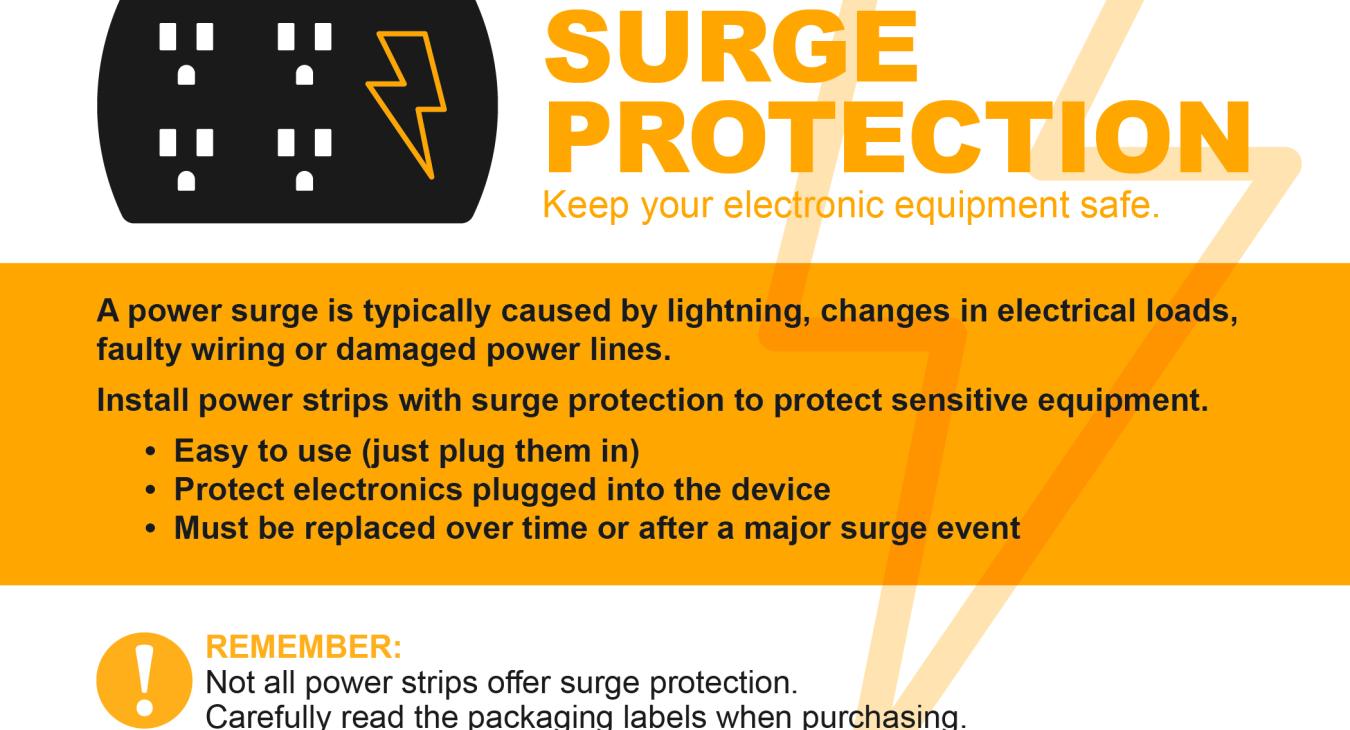When choosing a surge protector, you should consider things like:
![]() Safety Rating
Safety Rating![]()
Look for a surge protector with a UL or ETL rating, which means it has been tested and meets safety standards.
![]() Joule Rating
Joule Rating![]()
A surge protector's joule rating indicates how much energy it can absorb before failing. A higher rating means better protection. For adequate protection, look for a surge protector with at least 600 joules.
![]() Clamping Voltage
Clamping Voltage![]()
Also known as the "let-through rating", this is the voltage at which the surge protector starts to absorb energy. A lower number is better because it means the protector will start absorbing energy at a lower voltage.
![]() Number of Outlets
Number of Outlets![]()
A good surge protector will have at least eight AC outlets, or at least three for smaller, more portable protectors. If you have oversized plugs, look for a surge protector with widely-spaced outlets.
![]() Indicator Lights
Indicator Lights![]()
A good surge protector should have indicator lights to show that it is operational.
![]() Warranty
Warranty![]()
Some surge protectors offer a warranty to repair or replace devices connected through the protector if a surge occurs.
![]() Power Cord Length
Power Cord Length![]()
A longer power cord can make it more convenient to plug in the surge protector
Investing in quality surge protection is a wise decision for any homeowner. The initial cost is far outweighed by the potential savings from preventing damage to expensive electronics and appliances. Remember to maintain and replace your surge protectors regularly!

